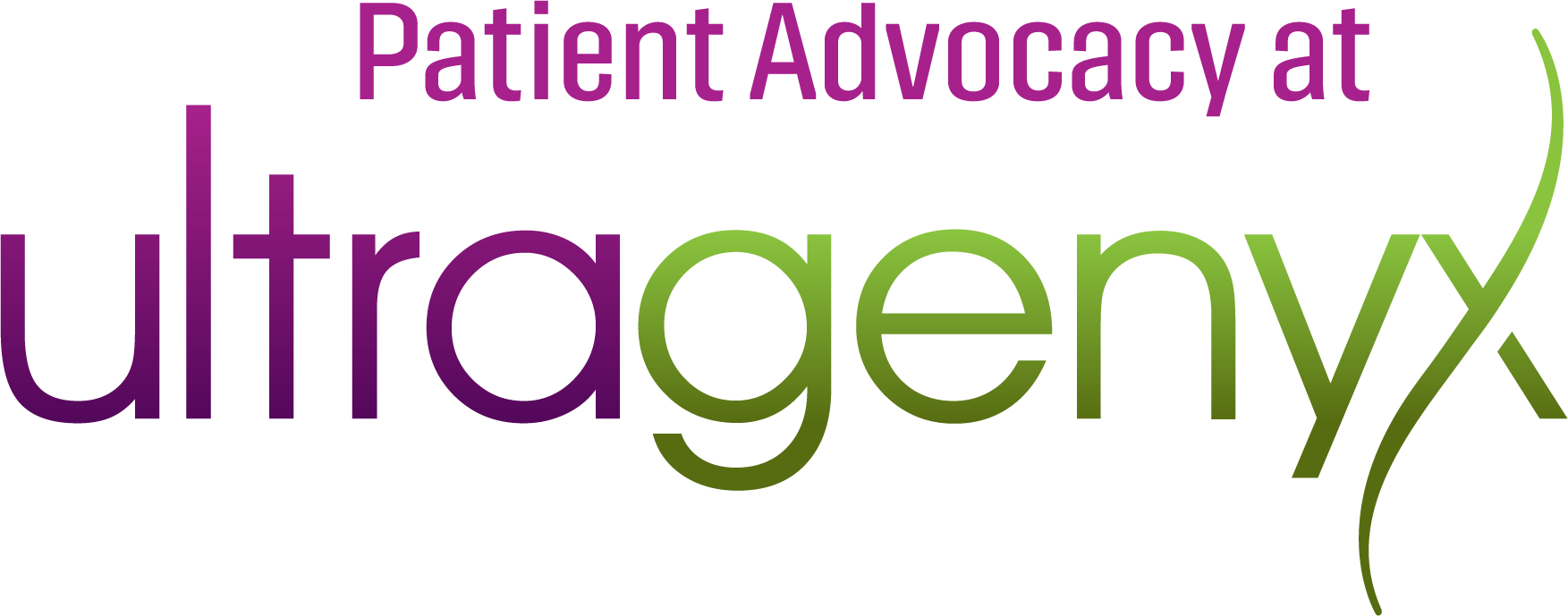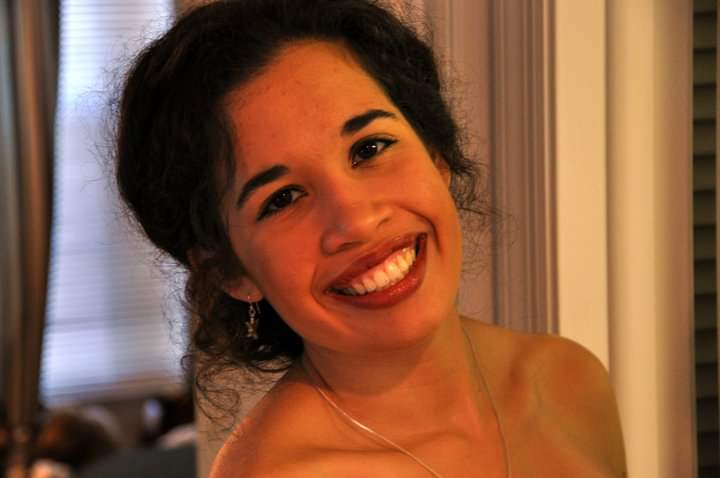March 22, 2017 was my (then) husband and I’s 4th anniversary. I woke up that morning feeling like I had the flu yet again. I remember wondering how it could be possible that for the last four months I had been getting the flu like clockwork, except this time I was disoriented and dizzy. I felt as if the room was spinning, but it was actually my head that was moving of its own volition. That was the first of many days I wouldn’t be able to work as the symptoms worsened with involuntary movements and chronic pain, making it so I would have to crawl from one room to the next.
The first two doctors I saw only looked at my age and gender to decide it was just “nerves or stress.” I felt so unheard, frustrated, anxious, and alone in this battle for my life. After confounding my fourth doctor with my symptoms, I wondered if I’d ever have any real answers. When I finally found a D.O. (Doctor of Osteopathic Medicine), he told me, “No one knows your body better than you do; you live in your body every day.” He heard my concerns and saw my lack of muscle control. We ran tests, and I visited some specialists until I was diagnosed with Wilson Disease. In the end, I saw a total of eight doctors before my diagnosis. I was so glad that we kept fighting until we had an answer.
I was relieved to find I had Wilson disease, yet I was overwhelmed with questions and changes to be made. Words like caregiver and disability were thrown around; my identity felt stolen. And oh, the questions… Why is my body collecting copper like a hoarding kleptomaniac? Is there a way to make my body eliminate all it’s been keeping in random organs, especially my nervous system? It turns out there’s a way to help the body, through chelation and managing a low-copper diet. I started to see how food truly fuel is. Initially, it was hard to give up my favorite foods, like chocolate. I never imagined how many foods are high in copper, such as nuts, chocolate, and avocado. Finding low-copper foods to substitute for high-copper foods has been an adventure.
Outside of the kitchen and medication, I have found devices that help me cope with Wilson symptoms; one of my favorites is a heating pad to help with tight muscles and pain relief. I battle many other intermittent symptoms, such as migraines, fatigue, brain fog, and loss of control over my movements and speech. Wilson disease has drastically changed my life. I face different challenges and triumphs that change not only daily, but minute by minute. I wake up wondering, “Will today be a good day, a bad day, or a mix of both?” Good days or hours are characterized by minimal pain, little to no tremors, and/or having enough energy to do more than one task. Days like these are rare, but while they last, I do what light housework I can or work on a new sewing project. Bad days or hours are when I have such intense pain, tremors, stuttering, fatigue, and/or brain fog that I need extra aids to help me get through the day. I reserve some things for my more challenging days, so I have something to look forward to, like binge-watching a new show and extra cuddles with my dog, Ellis.
While living with Wilson disease is not easy, it neither defines me nor is it the end of my story. In some ways, I feel blessed to have this “thorn in my side” (2 Cor. 12:9). I have learned so much and had so many opportunities to meet and encourage others. In sharing my story, I hope to help light the way for others living with rare conditions and their loved ones, that they too would see this is not the end, but the beginning of a new chapter in their life. To remind them, they too have the choice to overcome it or let it overwhelm them. We aren’t on this journey alone; we need to draw our community closer, from our doctors to our families to scientists developing new ways to improve our lives to friends both human and furry. Dear friend, you did not lose your worth with your diagnosis. You are special, you are unique, you are literally one in a million, and you are worth it!
Written by Amanda Elsts
Wilson Disease (WD)
Learn more about Wilson Disease (WD), accessing related resources, and finding opportunities to participate in research for WD.
Learn More about WD
